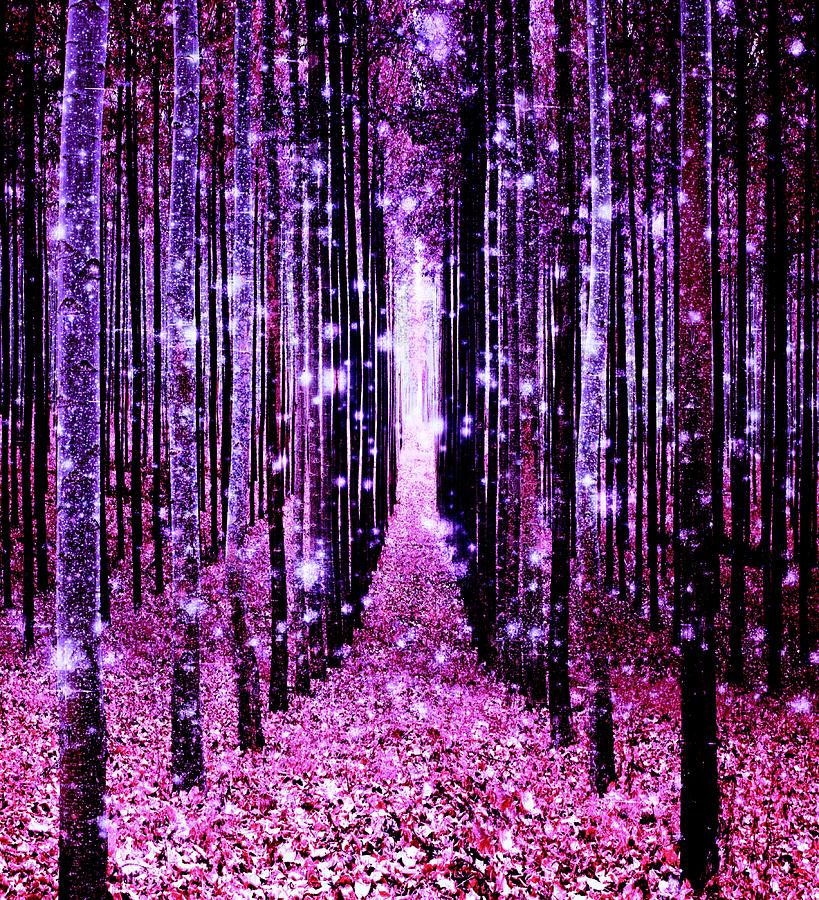

Check on eventual size, care needed and pest problems. You'll probably have dozens of varieties from which to choose. Check locally to see which trees are appropriate for your climate and site.

A flowering tree is a major investment of time, money and garden space. Considering one for your garden? It goes without saying: Do your homework. Most of these are treasured trees, the result of centuries of development by horticulturists around the world.

Whether you decide to plant some of these festive trees in your backyard or plan on enjoying them through sightseeing, there are plenty of species to look for.The flowering cherries of Washington, D.C., the redbuds around Lake Michigan, the saucer magnolias of the San Francisco Bay Area - wherever you live, there's probably a blooming tree that spectacularly announces that spring is here or at least is on the way. There are plenty of trees native to all parts of the United States that provide a similar visual experience of stunning patterns and vibrant hues. You don’t have to visit exotic locations like New Guinea or Indonesia to experience the lovely array of colors nature offers. Now, most enjoy the tree for its natural beauty, including the cascading catkins that droop down from its branches in spring. Also known as White Birch, young trees maintain a smooth white bark, while the older trees develop dainty little black ridges along the trunk.įor centuries, the plant acted as the primary source of paper, dating as far back as Ancient Rome and making up Buddhist texts. In many cases, the peeling strips of bark reveal bits of pink and black flair that look gorgeous in all seasons. If you’ve ever seen the snowy white bark of a Paper Birch tree, you understand the stunning optical display these trees afford throughout the year. Sometimes the most impressive color scheme on a tree is the absence of color altogether. Others even get used as pulpwood to make paper. In certain parts of the world, the trees are best suited to street plantings due to their durability and a propensity to handle roadway dirt and grime. While it may feel like these eye-catching trees belong in a museum, some actually retain very practical uses.


 0 kommentar(er)
0 kommentar(er)
